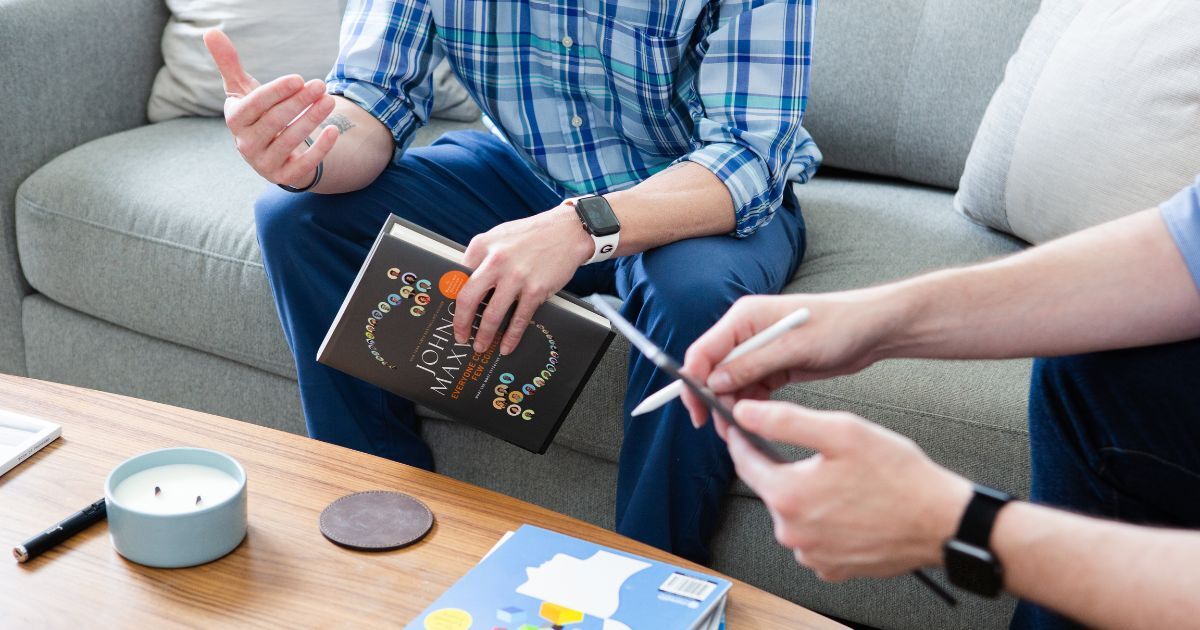
It’s not uncommon for high-performing professionals to struggle with self-doubt, even when they receive consistent praise and validation from their peers. These are individuals who are undeniably talented, recognized for their contributions, yet they often grapple with deeply rooted insecurities that can be hard to shake.
Consider the following scenario: you receive glowing feedback for your work. The words on the page or from the person’s mouth are full of admiration and appreciation. However, when you read or hear these words, they feel distant, as if they’re describing someone else’s accomplishments—not your own. You might think to yourself, “I appreciate these words, but I don’t believe them.”
This disconnect between external praise and internal belief is more common than you might think, particularly among high achievers, regardless of where they are in their careers. The question is: how can you bridge that gap between what others see in you and what you see in yourself?
Here’s a simple exercise that can help you address this disconnect:
- Gather Recent Positive Feedback: Take some time to collect the most recent pieces of positive feedback you’ve received. It could be emails, notes, or verbal compliments that you remember.
- Rewrite the Feedback by Hand: On a piece of paper, write down the feedback exactly as it was given. If you were addressed by name, include your name as you write down the feedback.
- Replace Your Name with “I”: Now, rewrite that same feedback, but this time, write it in the first person with “I,” “my,” etc. If part of the feedback said, “your creativity seems to solve the unsolvable,” you now write, “my creativity seems to solve the unsolvable.”
- Read It Aloud: Once you’ve rewritten all your feedback, read each statement aloud. Pay attention to how each one feels. Which statements sound true to you? Which ones feel like lies? Which ones feel like they’re almost true but not quite?
- Reflect on the Discrepancy: Sit with the discomfort or disbelief that arises from the statements that don’t feel true. Ask yourself: what might be behind that disbelief? Consider the possibility that the people who gave you this feedback truly believe in what they said. What if, just for a moment, you allowed yourself to believe they might be right?
This exercise isn’t about forcing yourself to believe something you don’t. It’s about opening a door to self-reflection, to consider that the positive things people say about you might hold more truth than your doubts allow you to accept.
Self-doubt is a powerful force, but so is the truth others see in us. By taking the time to explore the gap between those two, you can start to build a bridge toward greater self-confidence, one truthful statement at a time.

by Erik Reagan
Related Content

Article
Leading with Wisdom: Applying the Five Agreements in Your Business
A few weeks ago, I was chatting with two fellow business owners. One was sharing a significant challenge with a client when the other, Drew, brought up The…

Erik Reagan

Article
Start with Wins: The Power of Positive Meeting Openings
Ever notice how a single positive interaction can shift the entire trajectory of your day? There's actually solid science behind that feeling, and it's…

Erik Reagan

Article
The Do’s and Don’ts of Budgeting for Professional Development
When it comes to professional development, small business owners face a unique challenge. With limited resources, you need every dollar to stretch as far as…

Erik Reagan